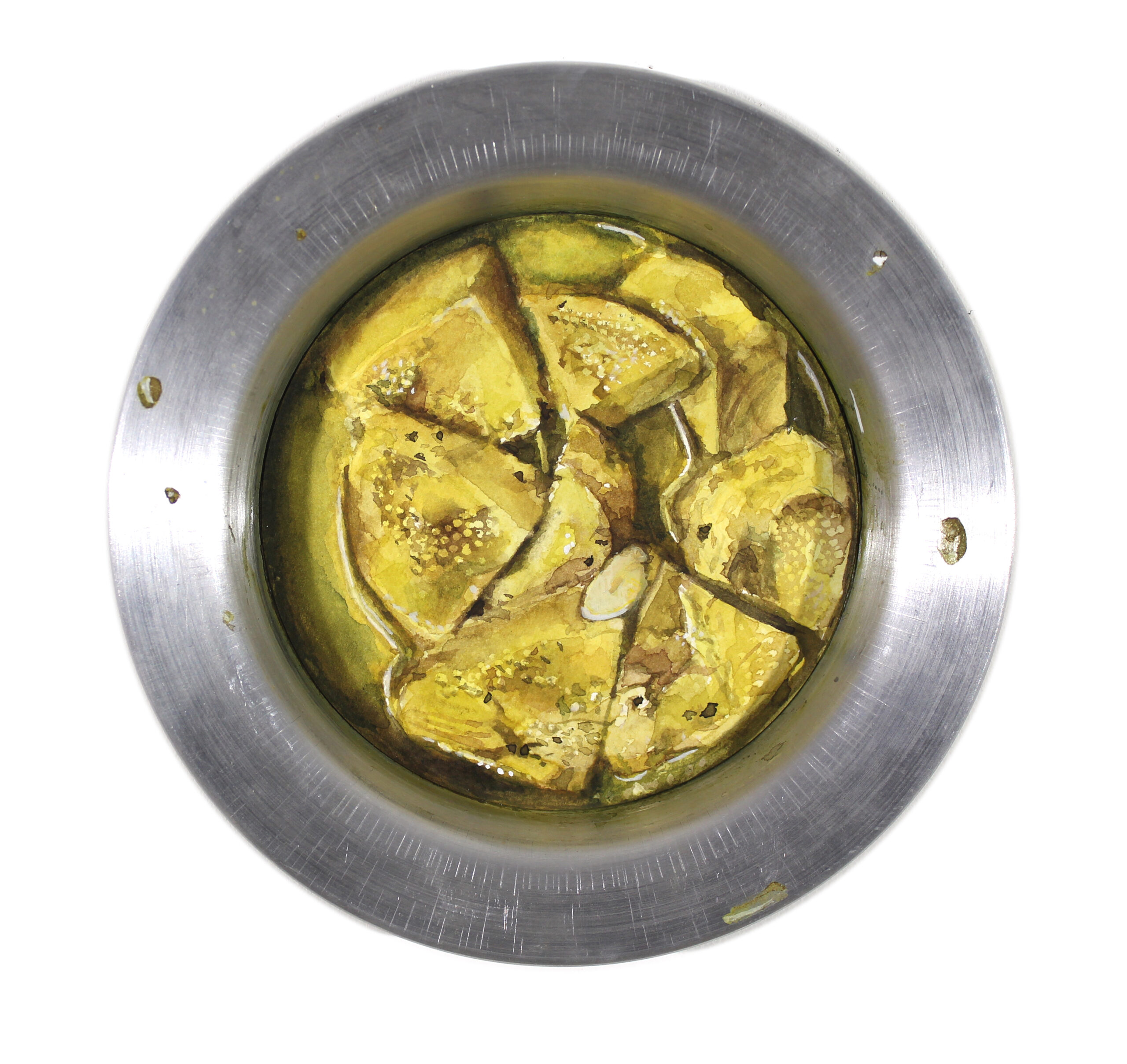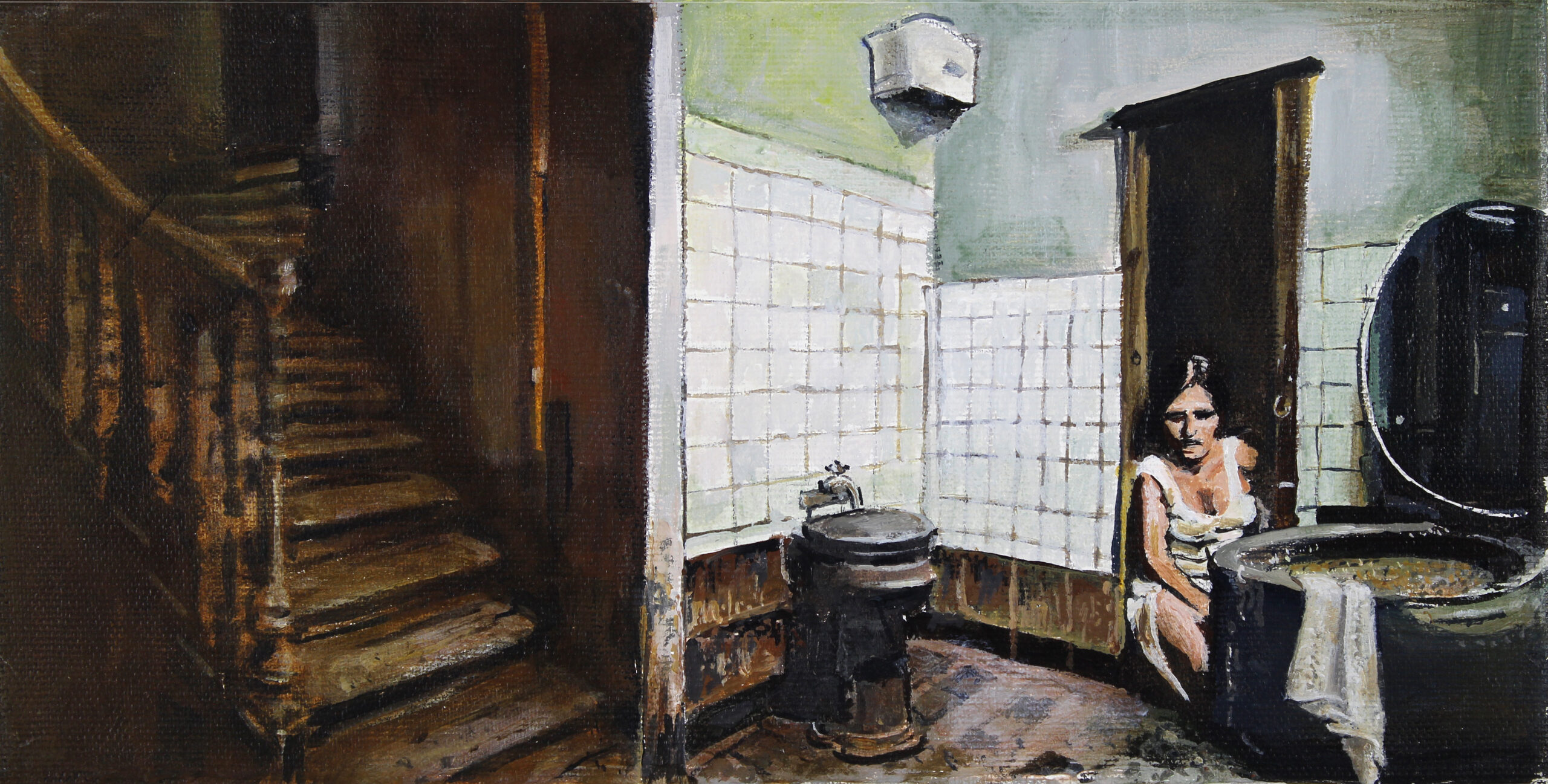Reuven Zehavi
Shadows of Bousbir
CuratorCurator: Tal Frenkel Alroy
Shadows of Bousbir
Reuven Zehavi
In our ancient sea
there’s nothing new.
Only the wind shifts. Israel Pincas
The imagination of Reuven Zahavi has been wandering in recent years in a region of memory that is not his own. It is a geographical, architectural and sociological space, about which little can be found in the archives. Nevertheless, Reuven is trapped in it as if in a labyrinth, shocked and fascinated by the information he collects, processes and exposes to light.
Built on the outskirts of Casablanca, Morocco, in 1924 (and closed in the 1950s), the Bousbir Quarter was established by officials of the French protectorate to provide its soldiers and tourists with regulated sex services. This walled entertainment district, whose white houses were built in neo-Moorish orientalist style, employed thousands of women and girls in inhumane conditions. Muslim, Jewish and Christian prostitutes, who were imprisoned under medical supervision, gave the winding alleys their beautiful names. European photographers immortalized them in staged souvenir postcards, establishing their stereotypical image as exotic looking, seductive and bare-breasted “Moorish women”.
As the first Israeli artist to deal with the subject, Reuven studied Bousbir as a researcher-painter. He moves between the archival materials and the canvas, the video and the artist’s research journals, preferring the position of the wanderer over the focused gaze. Wandering is an act of resistance, of lingering and staying on the margins, against the familiar colonialist narrative.
Reuven extracts from the dry archive data the temporal, the material and the aesthetic, and through them he revives the everyday crumbs of the female community: small plates of appetizers and dishes and tip coins; household items and makeup paraphernalia; textiles and flowers and portraits. It is a sensual, multi-vocal assembly of dozens of images and fragments, which brings up sparks of light from within the brutal oppression.
If fragmentation can save memory from enslavement, realistic painting is actually a ruse that summons the façade. The works tempt us to believe the imagined world created by the artist, but at the same time they are only a pretense. What seems to have depth, substance and smell, is only a spot of paint; what appears to be an authentic female room is just decor on canvas; what pretends to be an old photograph is a collection of cheap objects from the artist’s studio in Jerusalem.
Like Bousbir, the gallery is also a space of voyeurism, amusement and appearances. The reality principle, both there and here, is based on images that the artist uses to seduce the audience that consumes them. Reuven puts on an exhibition that seeks to revive distant injustices, but also to remind us that the shadow of colonialism is still present. The winds of Bousbir are blowing here too, in our ancient sea.
Curator: Tal Frenkel Alroy









